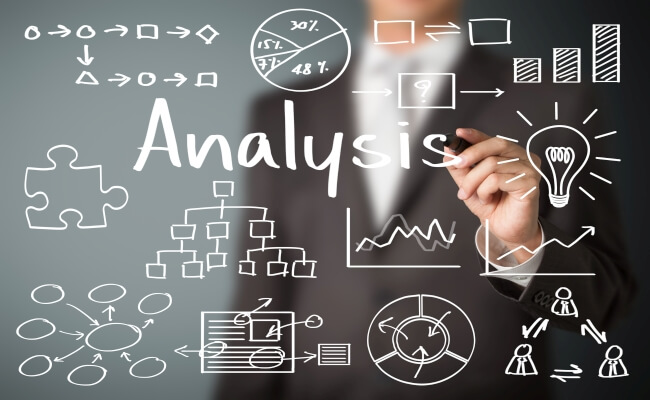Without data, it is impossible to make effective decisions and ensure smooth commercial conduct in 2023. Data scientists are responsible for collecting, analyzing, and interpreting raw data to extract meaningful insights that can help organizations make informed decisions. In this article, we will discuss the data collection and preparation process, the role of a data scientist, tools used in the analysis and interpretation of data, and various sectors that benefit from data analytics. So that, an enthusiast can be adequately aware of the relevance of data analysis and interpretation. And can be helped for ensuring a swift and decisive enrollment.
Data collection
Data collection is the first step in the data analysis process. The data collected can be either primary or secondary. Primary data is collected through surveys, interviews, or experiments, while secondary data is collected from existing sources such as government reports, industry publications, and online databases. The collected data must be relevant, accurate, and complete to provide meaningful insights. Once the data is collected, it is essential to prepare it for analysis.
Data preparation
The preparation of raw data is a crucial step in data analysis. The data scientist must clean the data to eliminate errors, inconsistencies, and duplicates. This process is called data cleaning. Once the data is cleaned, it is transformed into a format that can be used for analysis. This process is called data transformation. Data transformation involves converting data into a standardized format and creating new variables based on the existing data. This process ensures that the data is ready for analysis.
What a data analyst does!
The role of a data scientist is crucial in the data analysis process. Data scientists are responsible for collecting, analyzing, and interpreting data to extract meaningful insights. They use statistical and mathematical techniques to identify patterns and trends in the data. Data scientists also develop predictive models to forecast future trends and make recommendations based on the insights generated from the data. A data scientist should have excellent analytical and problem-solving skills, be proficient in programming languages such as Python and R, and have a solid understanding of statistical techniques.
The Tools of Excellence
Various tools are used in the data analysis and interpretation process. Some popular tools include Microsoft Excel, Python, R, and Tableau. Microsoft Excel is a popular data analysis tool commonly used in small organizations. Python and R are programming languages used for statistical analysis and are preferred by data scientists. Tableau is a data visualization tool that allows data scientists to create interactive dashboards and reports.
Implementations
Data analytics has transformed various sectors such as healthcare, finance, marketing, and retail.
- In the healthcare sector, data analytics is used to identify patterns and trends in patient data to develop personalized treatment and precision medicine.
- The disaster management sectors around the world are saving millions of lives every day, with the help of data. The onset and damage of a calamity can be predicted with the help of data. And the same can easily be mitigated by data as well.
- In the finance sector, data in gargantuan volumes are used for the identification of fraudulent activities and to make investment decisions.
- In the marketing sector, data analytics is implemented to identify customer preferences and develop targeted marketing campaigns.
- In agriculture, data is making a huge difference. Farmers in 2023 can make adept use of data and decide upon critical facts about the process of farming. Everything from the temporal aspects of the supplements can be determined with the help of data. And these decisions are seen to be effective most of the time.
- In the retail sector, data is used to identify customer buying patterns and to optimize inventory management.
Conclusion
Data analysis and interpretation have become essential aspects of every organization. The process of data collection and preparation is crucial to ensure that the data is relevant, accurate, and complete. Data scientists play a crucial role in the data analysis process and use various tools such as Microsoft Excel, Python, R, and Tableau to extract meaningful insights from the data. Data analytics has transformed various sectors such as healthcare, finance, marketing, and retail, and has helped organizations make informed decisions.
You may also like
-
Join The IATA-Certified Airline & Cabin Crew Training – Neerja School of Aviation
-
How to Become an Angel Investor: Easy Guide for Beginners
-
Which Institute Offers the Best Google Ads Course in Karachi?
-
Easy Tips for CBSE Sample Paper 2025-26 Practice
-
Top Mistakes to Avoid When Writing a Book Report in 2025

